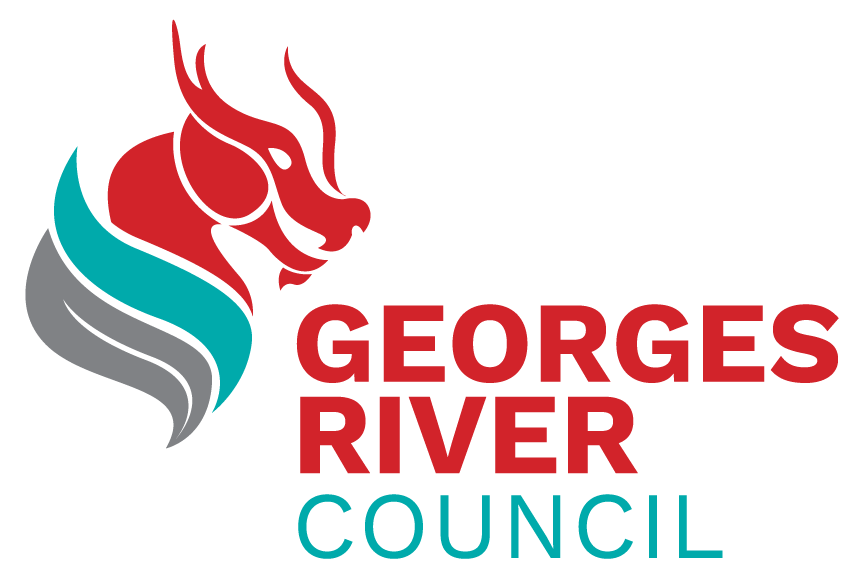
Georges River Council Energy Audit
Project Objectives
Key project requirements were identified as:
1. Benchmark the facility and establish a consumption baseline.
2. Identify and quantify Energy Conservation Measures and make recommendations to reduce electricity and natural gas usage.
Project Overview
Conservia conducted a Level 2 Energy Audit (EA) for the Georges River Council, Hurstville NSW in July 2018. The EA covered 10 of the councils highest electricity consuming sites and 5 of the highest natural gas consuming sites with a view to measure energy consumption, greenhouse gas impact and subsequently recommend Energy Conservation Measures (ECM) based on the findings of the audit.
The Opportunity
A site visit was required to gather information to perform the study. The on-site assessment included reviewing building and equipment data, interviewing site personnel, observing energy related equipment operation and conducting comprehensive site measurements. Following the site visit, the energy assessment was developed in two phases.
Phase 1 consisted of a utility bill audit which established a baseline for energy and natural gas usage and facilities benchmarking using 12 months consumption data for natural gas and electricity. This generated a baseline for the energy and natural gas usage that was later used in calculating potential energy savings. Baselines were calculated for each of the individual sites. NABERS ratings were estimated for applicable buildings with a revised estimate based on the implementation of recommended ECM’s delivered from the EA.
Phase 2 had the purpose of identifying and quantifying ECMs. A comprehensive list of ECMs, categorised into different project categories, was proposed with detailed payback estimations. A list of other significant findings regarding incentives, the use of generation, renewable energy sources or other operation and maintenance measures were also reported.
Key Energy & Water Conservation Measures (ECM’s & WCM’s)
• Installation of PV systems were appropriate at each location
• Building Management System (BMS) upgrade to ensure optimum building control
• Lighting upgrade – Replacement of T5 and T8 fluorescent fittings with LED fittings
• Electrical metering and sub metering
• Optimising operation of air handling units including the installation of variable speed drives (VSD’s), CO2 control and demand-based control via the BMS
• Solar window film
• Optimising chiller operation including fluid chilled water temperature set point reset
• Controls for hot water systems including ambient conditions
• Optimising after hours building control
• Holiday scheduling
• Optimising swimming pool filtration pumps by installing VSD’s and improved control
• Chiller replacements where existing units are close to end of life
The Results
Identified ECMs were classified in several categories: air handlers, chilled water and air conditioning systems, boiler systems, exterior lighting, interior lighting, building controls, plumbing systems and water conservation, renewables and other. A total of $440,725.00 worth of savings.
Energy Savings
The largest opportunities for savings were found on decommissioning the central steam plant and installing boilers at buildings, increasing capacity of on-site solar PV generation, replacing boilers with modular, high efficiency boilers, implementing a supply air reset on AHUs and replacing old air-cooled chillers. Other ECMs providing large savings were implementing unoccupied set points for select zones, implementing chilled water reset, retrofitting parking garage lighting with bi-level LED fixtures and upgrading interior lighting to LED fixtures. Studies were also conducted into the feasibility of co-generation and renewable energy sources. These were preliminary assessments and based on the results, renewable energy sources were not found to be cost effective. The viability of cogeneration for VAMC Palo Alto will have to be studied with more detail on a further analysis. The existing and proposed annual energy usage and cost for this project are shown below.
The Benefits
When implemented, the ECMs will save over $461,483 per year with an overall payback of 6.74 years.
Total savings for electricity is 1,794,623 kWh/yr, for gas the savings is 2,413GJ.
All values were evaluated using simulations and spreadsheet calculations based upon standard energy savings estimating methods and assumed operating conditions.

